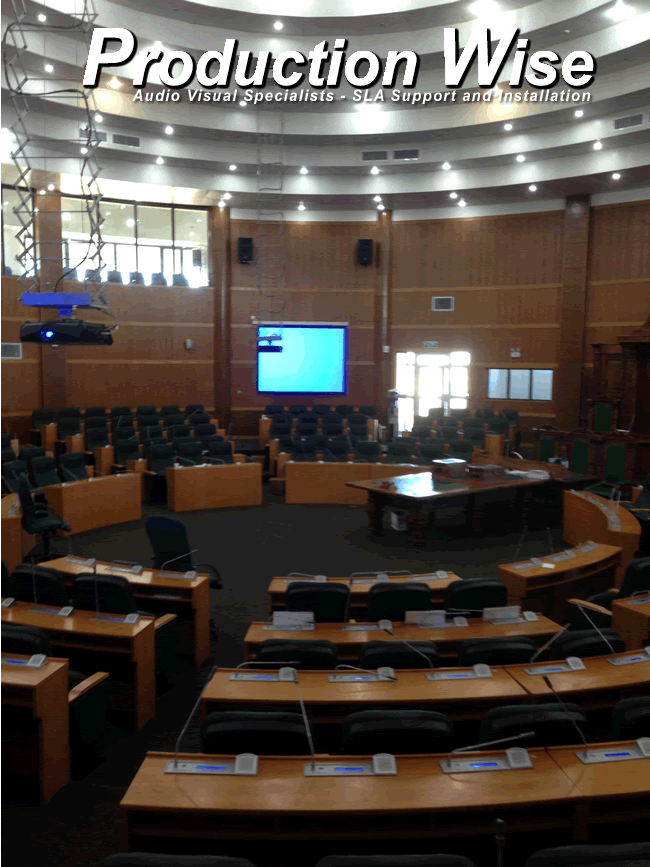Highlighting the Influence of Lighting Circumstances on Motion Detection Precision and Reliability
Highlighting the Influence of Lighting Circumstances on Motion Detection Precision and Reliability
Blog Article
Lighting conditions have a significant role in how effectively we can perceive movement. Motion detection is a key component of different systems, such as surveillance cameras, automated lighting systems, and even some video games. Comprehending the ways various illumination conditions affect our ability to perceive movement can help enhance the development and efficacy of these technologies. For instance, inadequate illumination might lead to missed movements or false alarms, while optimal lighting can enhance the accuracy of motion detection technologies.
In well-lit illumination environments, motion detection is typically more accurate. When there is sufficient light, sensors and cameras can obtain clearer pictures, which helps in identifying dynamic objects. Well-lit environments allow for better contrast between the moving element and the background. This differentiation is essential for both visual viewers and automated technologies, as it makes it simpler to differentiate between stationary and moving elements in a setting. Therefore, making sure that areas are adequately illuminated can greatly improve the effectiveness of motion detection systems.
On the other hand, low-light environments can present challenges for movement detection. In low-light environments, darkness can why not look here obscure dynamic elements, making them hard to detect. Additionally, the eye struggles to detect movement in dim conditions, which can lead to misunderstanding of what is happening in the surroundings. Cameras might also face difficulties, as many do not function well in low light without the use of infrared capabilities or other enhancements. These restrictions highlight the importance of sufficient lighting in environments where motion detection is critical.
Additionally, different kinds of lighting can have different impacts on movement detection. For example, fluorescent lights can flash, which might mislead motion detection technologies that rely on consistent light sources. On the other hand, daylight provides a steady source of lighting that enhances clarity. Understanding these differences in lighting conditions can guide operators in choosing the most appropriate lighting for specific uses, especially in surveillance and Get the facts surveillance scenarios.
In summary, the relationship between illumination environments and movement detection precision is important. By making sure that environments are appropriately lit, we can improve the reliability of motion detection technologies. This knowledge not only supports tech applications but also improves safety and security in various settings. As more advancements are made in movement detection systems, considering lighting conditions will remain a vital factor in optimizing performance and ensuring that these systems function properly in various conditions.